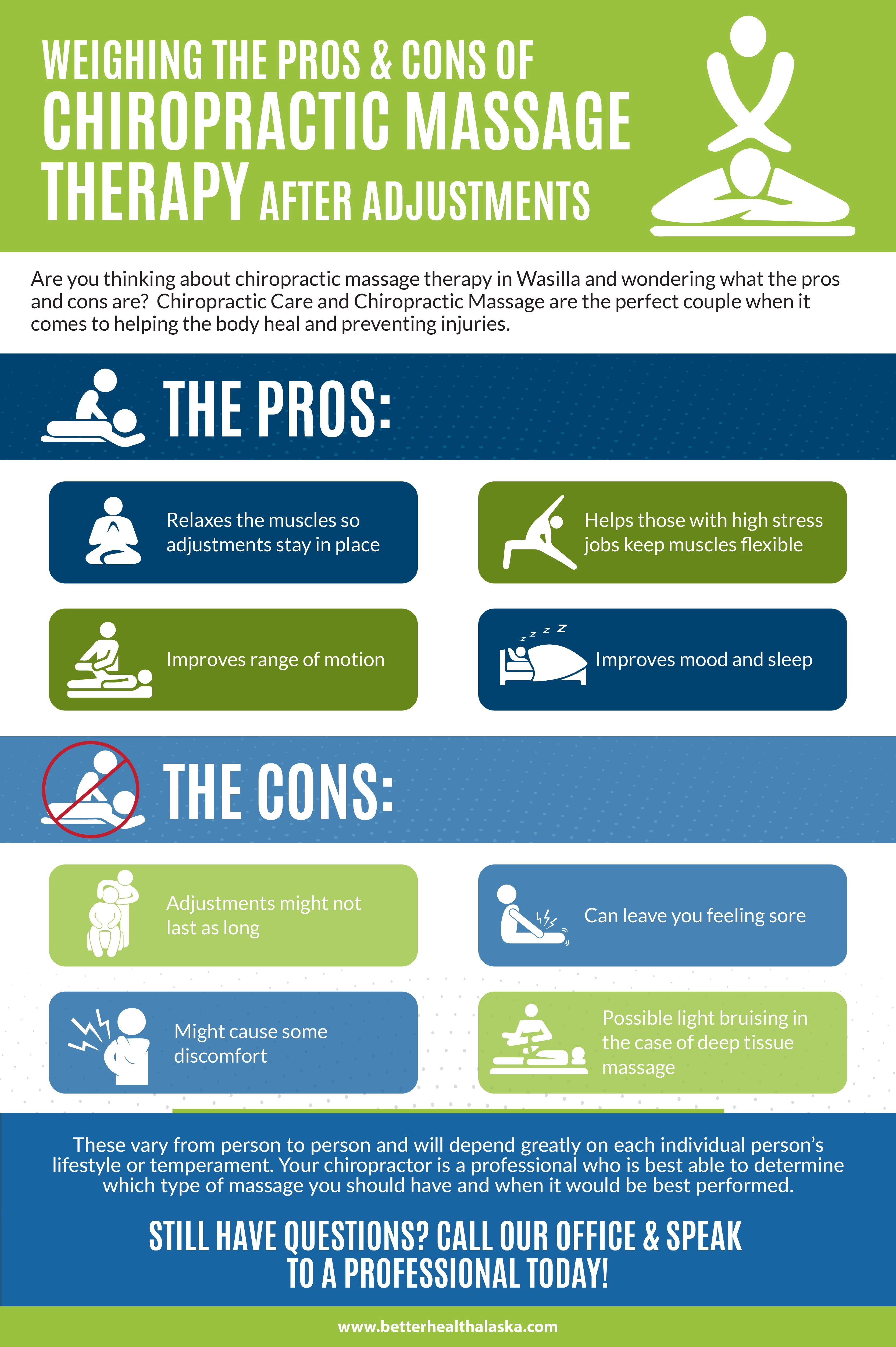The Expanding Appeal Of Cold Laser Therapy: Why It Matters
The Expanding Appeal Of Cold Laser Therapy: Why It Matters
Blog Article
Web Content By-
You've most likely seen the rise of cold laser therapy in different facilities and sports facilities. It's ending up being a best choice for professional athletes and those managing chronic pain. This non-invasive therapy offers benefits that conventional methods often can't match. But just what is driving this pattern? Exploring its applications in sports medicine and discomfort monitoring could clarify its expanding appeal.
Applications in Sports Medication
As professional athletes press their bodies to the limits, they frequently encounter injuries that can sideline them for weeks and even months.
In such situations, cold laser treatment emerges as a powerful tool in sporting activities medication. This non-invasive treatment uses low-level lasers to penetrate cells, promoting healing and decreasing swelling.
You'll discover it particularly valuable for strains, strains, and tendonitis, as it quickens recuperation without the need for drugs. Unlike typical techniques, cold laser therapy permits you to resume training sooner, reducing downtime.
Several sports facilities now provide this advanced treatment, identifying its efficiency. By incorporating it into your recuperation routine, you can improve efficiency and preserve your one-upmanship, guaranteeing you're always all set for the next obstacle.
Advantages hurting Administration
Cold laser treatment isn't just a game-changer for professional athletes; it also uses significant advantages in pain monitoring for a selection of problems.
If you're dealing with chronic discomfort, this non-invasive treatment can provide alleviation without the adverse effects usually associated with medications. Cold laser treatment works by boosting your body's natural recovery procedures, minimizing inflammation, and advertising cell regeneration.
You may locate it helpful for conditions like arthritis, tendonitis, or back pain. Several individuals report a decrease suffering degrees and a renovation in their general lifestyle.
Plus, it's a quick treatment, typically requiring simply a few sessions to see outcomes. If you're looking for an effective pain management option, cold laser therapy could be worth considering.
Duty in Rehabilitation and Recovery
When recovering from an injury, making use of cold laser treatment can significantly improve your recovery procedure. https://weightmanagement42086.csublogs.com/41504886/intend-to-find-out-how-cold-laser-therapy-is-changing-the-method-we-soothe-discomfort-discover-the-clinical-insights-that-could-change-your-pain-management-techniques -invasive therapy promotes tissue repair by boosting cellular activity, which assists your body recover faster.
You'll discover minimized swelling, pain alleviation, and enhanced mobility, enabling you to reclaim strength and performance more effectively.
lazer quit smoking raises blood circulation to the damaged location, delivering essential nutrients and oxygen that help in healing. And also, it can help reduce scar cells formation, making sure a smoother healing journey.
Many physiotherapists are integrating this therapy right into their therapy strategies, identifying its potential to accelerate recuperation. By incorporating cold laser therapy into your rehab, you're giving on your own the most effective opportunity to go back to your typical tasks quicker and with much less discomfort.
Verdict
Cold laser treatment is getting grip for a reason. It supplies a non-invasive service that successfully deals with sports injuries and chronic discomfort, making it a go-to for athletes and daily people alike. quitting smoking laser 'll appreciate exactly how it lowers swelling and promotes healing without the side effects of standard drugs. As even more facilities welcome this ingenious strategy, you'll locate it boosts healing and boosts movement, absolutely reinventing exactly how we think of discomfort monitoring and recovery.
